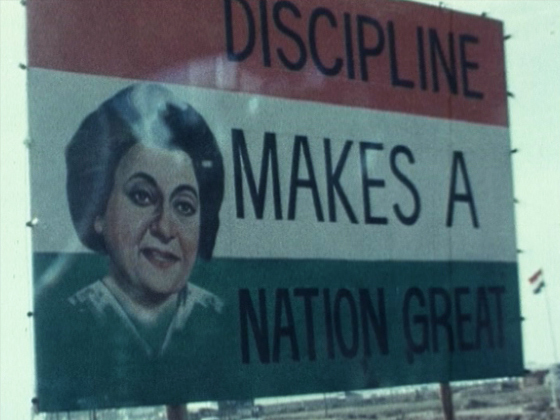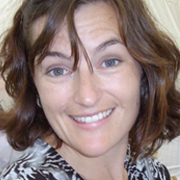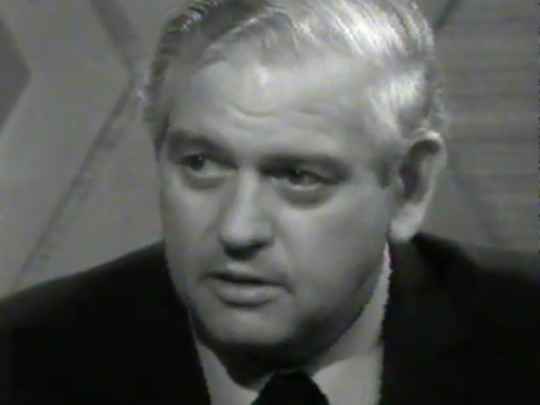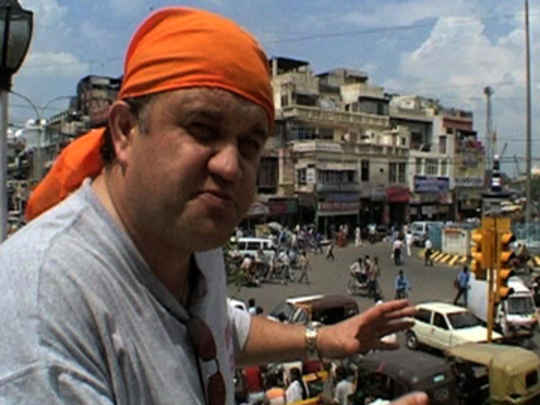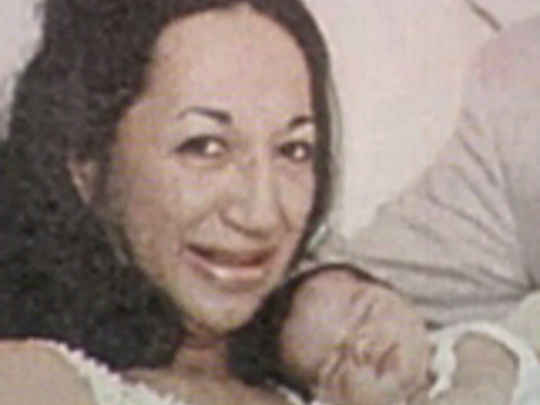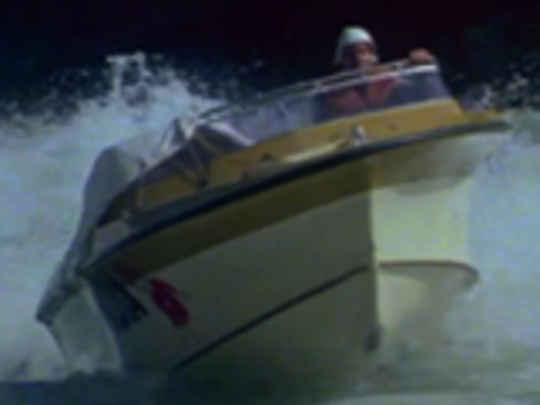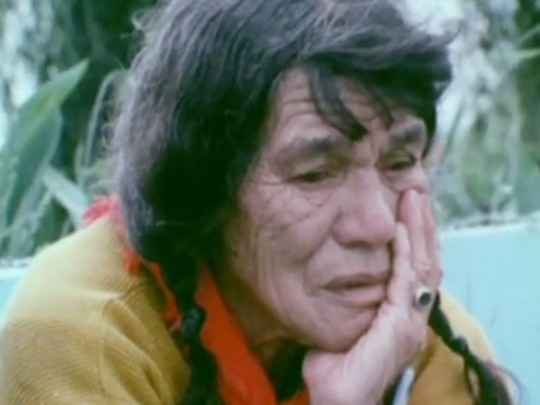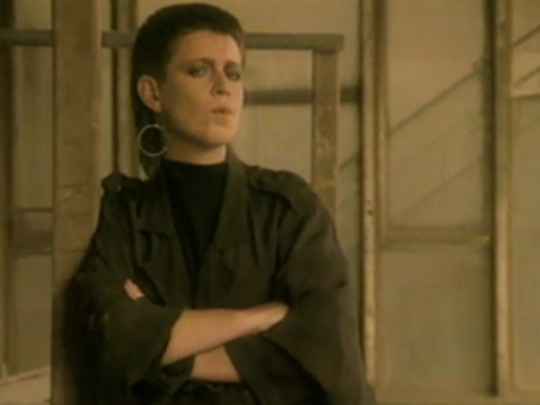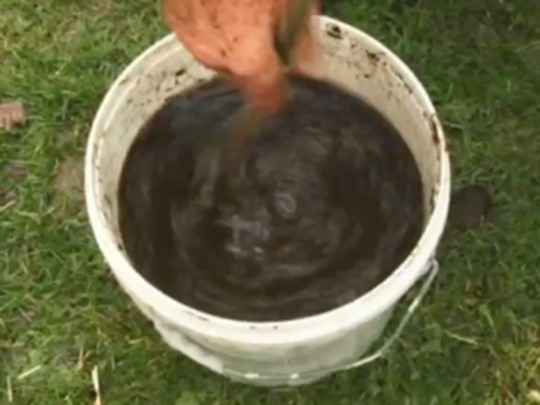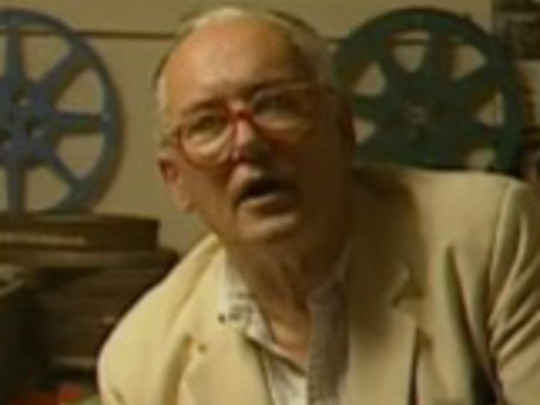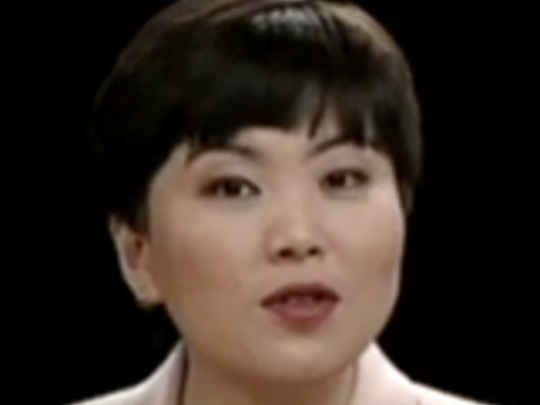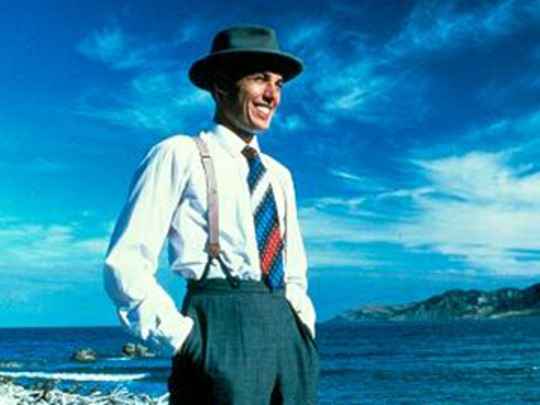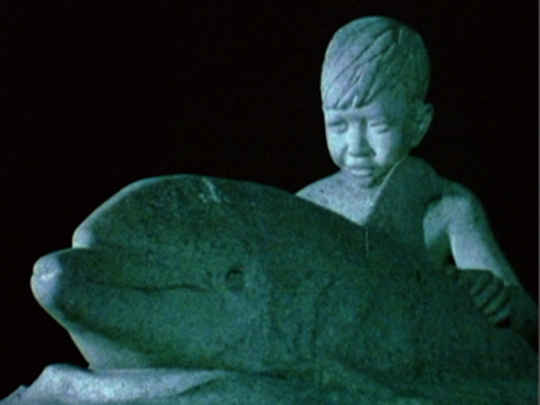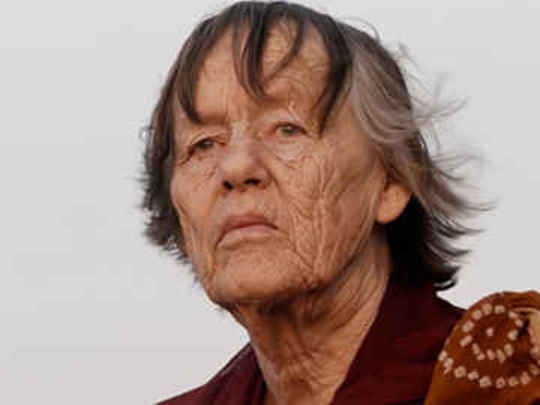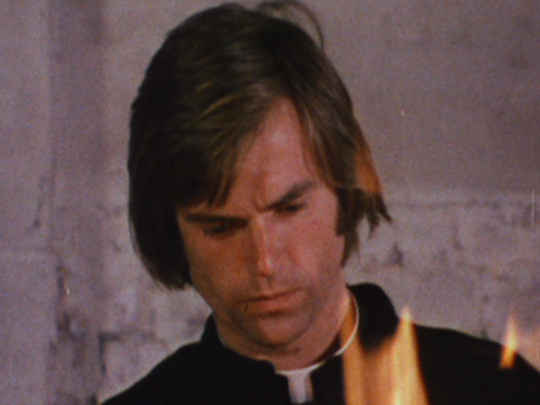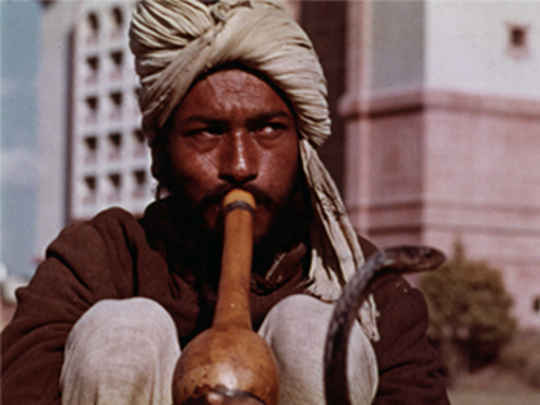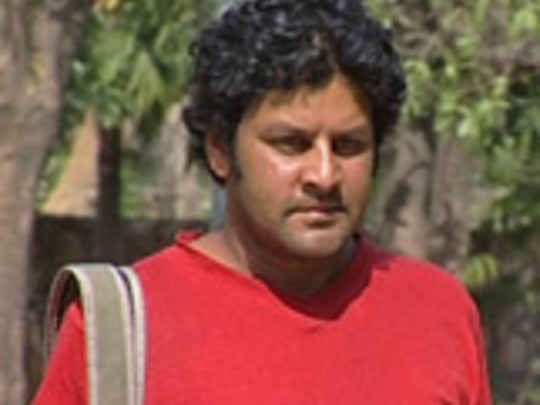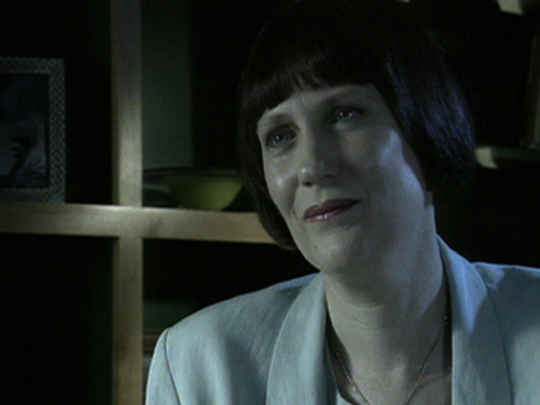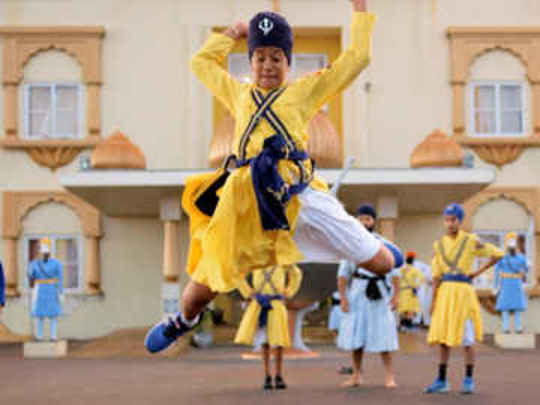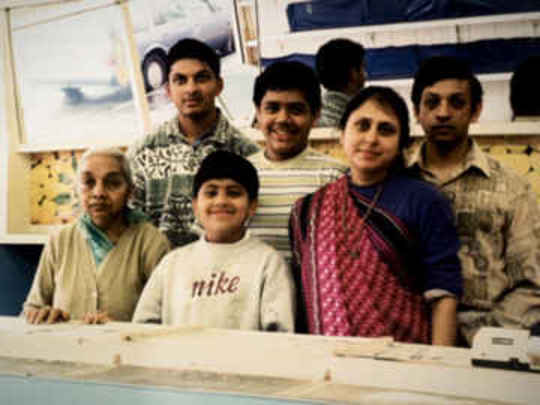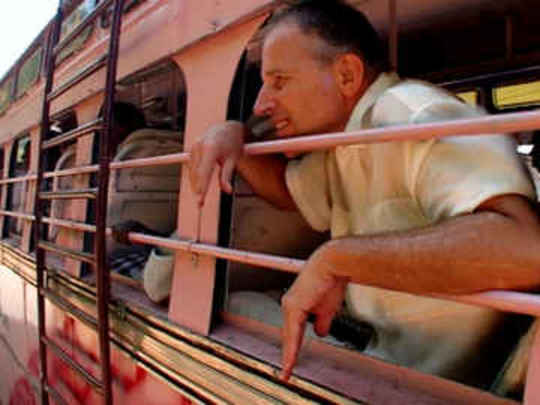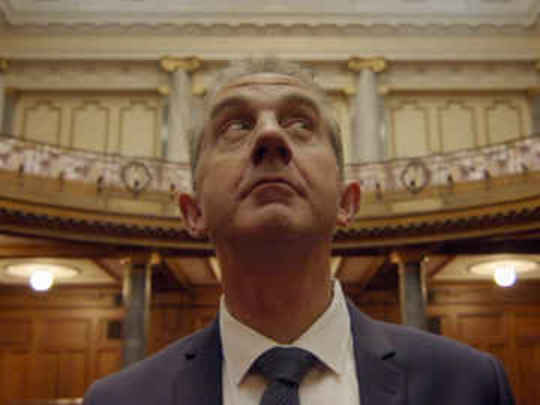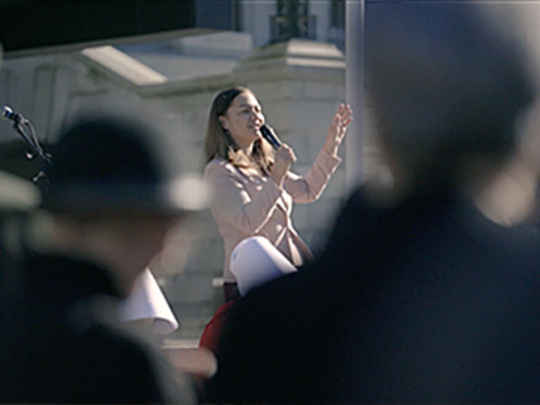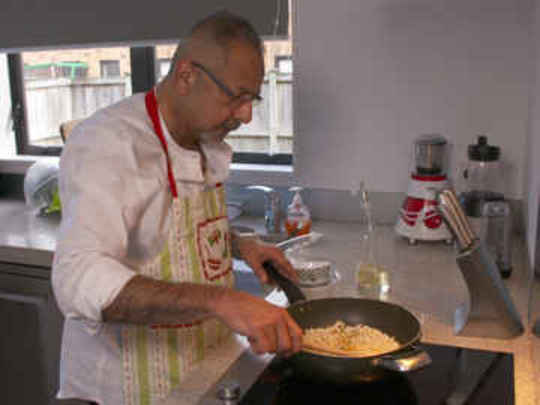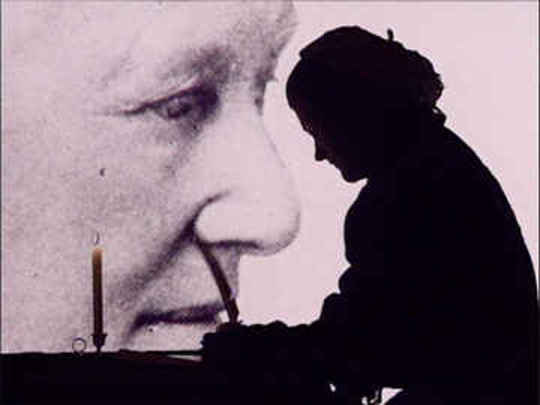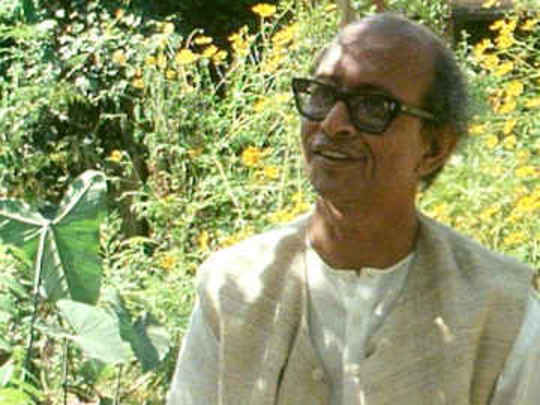Women in Power - Indira Gandhi
Television (Full Length) – 1976
Courting Power: Dairne Shanahan meets Indira Gandhi
In 1975 reporter Dairne Shanahan went freelance and started a new project: Women in Power, a series of hour-long interviews with international female leaders and influencers. Eventually the series would be abandoned. But the pilot, a one on one interview with Indian Prime Minister Indira Gandhi, was completed for TV One.
Dairne Shanahan is a self-described ‘child of Foreign Affairs’. Her father was pioneering diplomat Foss Shanahan, who was a key figure in establishing New Zealand’s Foreign Affairs department after WWll. Dairne Shanahan came to attention in the early 1970s as the first female reporter on current affairs show Gallery. She presented stories that often pushed the boundaries of mainstream New Zealand, exploring topics like abortion, poverty and Māori rights.
In 1975 Shanahan travelled to India with director Barry Barclay ( it was his first international trip) to film the Women in Power pilot, an interview with Indian Prime Minister Indira Gandhi. Shanahan had organised the trip through her own contacts. She didn’t have a main financial backer at the time, and needed the pilot to help source funding. Gandhi’s people insisted on a list of questions ahead of time, but Shanahan refused. Her one on one interview with Gandhi is a revealing portrait of a leader, mother and privileged woman who felt driven to modernise an ancient nation. Shanahan didn’t hold back; her first question was asking Gandhi to describe her negative qualities.
Gandhi remains considered throughout, but a politician above all else. She explains the unique philosophy behind what she sees as the Indian desire for a ‘simple’ leader. When Shanahan raises questions regarding gender, caste and her own family history, we see depths of emotion concealed and controlled. Their talk is intercut with a voice-over tracing India’s fascinating political and social history, including its fight for independence, its emerging urban classes and the controversial emergency powers Gandhi used to exert control over the diverse nation. Gandhi surely felt positive about the interview; afterwards she invited Shanahan and her crew to dinner. The visual storytelling is rich, no surprise given India’s incredible atmosphere. But this would prove a sticking point later on.
Shanahan wanted a rounded picture of Gandhi’s premiership — her effect on India’s internal democracy was chilling— and was determined to travel south to interview Gandhi’s aunt, who disagreed with some of her relative’s pronouncements. Barclay and producer John O’Shea didn’t see the need for this material but Shanahan was adamant. She gathered her crew and took a train south, interviewed Gandhi’s aunt, and in her eyes added "depth" to the film.
After viewing the rough cut Shanahan says she "cried buckets". She baulked at some of the romantic ‘beginning of the Raj’ shots Barclay had chosen, and recalls "having to fight" to keep the guts of the story intact.
Shanahan worked hard to find finance for the rest of the series, travelling to the Cannes Documentary Film Festival with her pitch. It was a very different time for women working in television. At Cannes she recalls her ex Gallery boss Des Monaghan asking her to go and get the coffee for a group of potential investors, and replying "'sure, if they want them in their lap'. I wasn’t working for him”.
Shanahan's biggest opportunity came when she inadvertently met the head of mass media conglomerate Viacom. He was just a "sweet guy wearing tennis shoes". He expressed interest, inviting Shanahan to a meeting in New York. Shanahan shelled out for her trip. She had some funds from non-profit broadcaster PBS, but was rapidly running out of money. At the meeting it transpired Viacom wanted the series to be "fronted by Jane Fonda". Shanahan continued to battle for money back in New Zealand, but despite her passion the rest of the series was never made.
